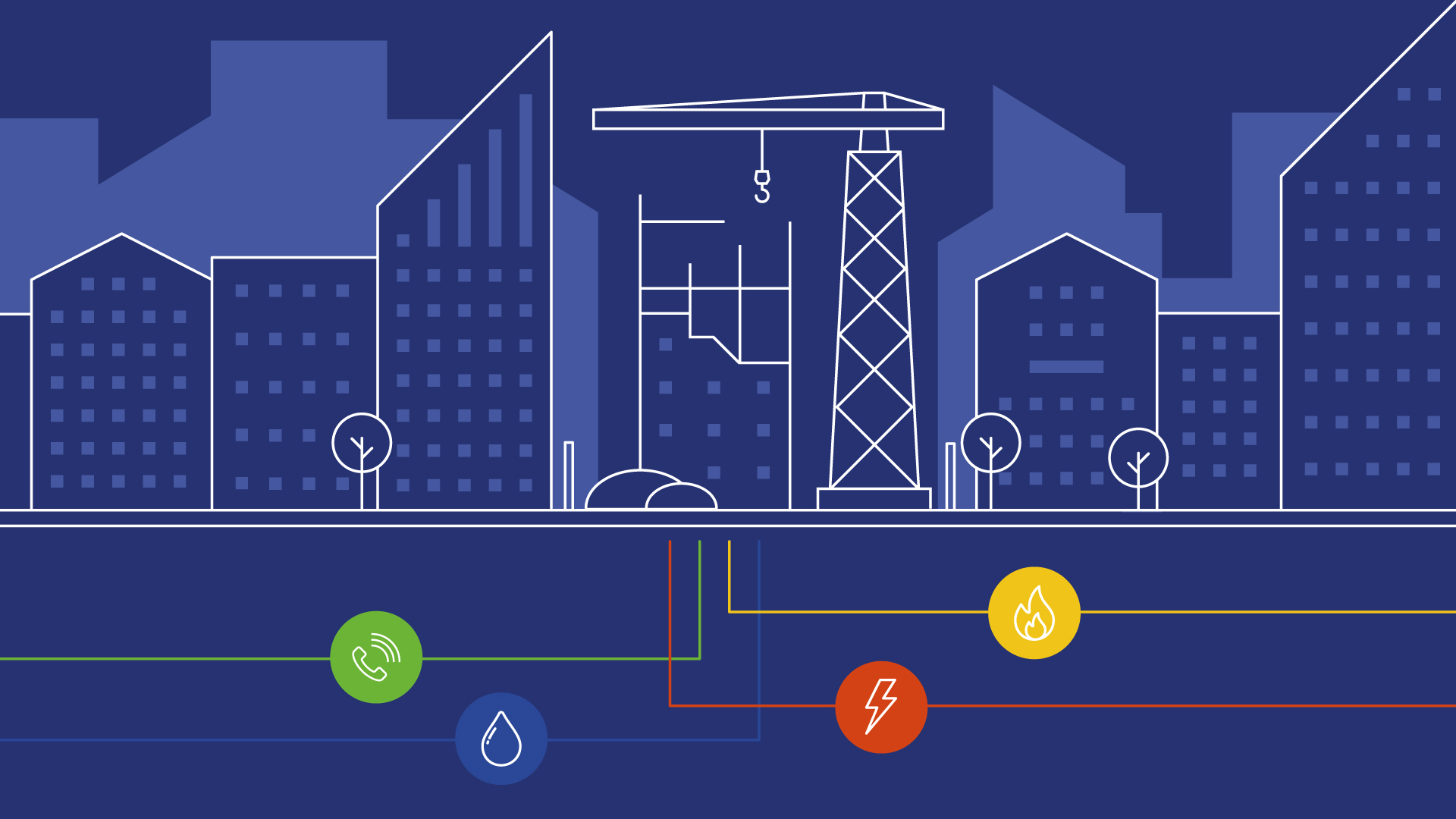In August 2022 we published our Blog about the emerging electricity capacity crisis affecting new housing developments in some West London boroughs. It had been publicised by the Greater London Authority (GLA) who wrote to several developers to gather feedback on the scale of the constraint’s developers are facing in trying to source economically viable quotes for new connections.
Most homes and businesses across the UK are connected to the electricity network via the wires and cables owned and operated by electricity Distribution Network Operators (DNO’s) or Independent Distribution Network Operators (IDNO’s). These companies in turn take connections from the transmission network owned and operated by National Grid Transmission (NGT).
Both the electricity distribution and transmission networks have finite capability to serve electrical loads based on the size and construction of their plant and equipment including existing overhead lines, cables and transformers. This often means that to serve new loads, some element of upgrade work is required to meet the increase in capacity required.
The previous media coverage related to developers applying for new connections to their developments only to be advised that they will face significant charges, and timescales at times at times exceeding 10 years.
We have experienced multiple projects facing such constraints and understand the impact this has on bringing forward much needed new homes and employment opportunities. Over the last few months our senior team have been engaged in ongoing dialogue with electricity network operators to try to find solution to mitigate the potential time delays. A recent workshop with the senior team at Scottish & Southern Electricity Networks (SSEN) has provided some insight and one potential mitigation that may help in some cases.
What is behind this lack of electricity capacity?
Without doubt the question most often asked by Clients. Traditionally, the southern network of SSEN had around 6.5GW of electricity demand, so systems were designed and operated to deliver this electricity capacity safely and securely to the connected customers across their region. However, with the move to low carbon technologies such as battery storage and generation, as well as a boom in Data Centres along the M4 corridor, this demand has doubled. The existing infrastructure simply can’t cope and major upgrade work is now required at both distribution (SSEN) and transmission (NGT) level.
Why does it take years to increase network capacity?
The transmission network in particular is a complex piece of critical national infrastructure. Designing and planning work, and then procuring specialist materials and resources to undertake works, is an extremely long-term exercise. On top of that, you can’t simply switch bits of the network off to undertake work. This has to be planned and scheduled often years in advance to safely maintain supplies whilst upgrade work is undertaken.
What mitigation is there to reduce delays?
In many cases very little! Despite the regularly voiced view from developers that the situation is unacceptable fixing it is simply not a short-term option. Whilst there is an understandable desire to understand how things have ended up like this, electricity capacity cannot simply be created out of thin air, and enduring solutions will take significant time to develop.
One potential solution recently communicated by SSEN is a new Ramped Connection offer. This is aimed at areas of West London where customers applying for electricity capacity of over 250kVA (a housing development of around 50 homes) are facing delays of up to 14 years. There are lots of caveats that apply including;
- A project must be built in stages with only 999kVA of electricity load taken each year.
- The total capacity requirement must between 1 and 10MVA.
Whilst far from ideal it’s the first tangible mitigation we have seen offered. Read more about SSEN ramped connections.
How can Premier Energy help?
We are a Utility Consultancy with a successful track record of delivering for Clients over 28 years. Whilst there is no silver bullet solution to hand for the electricity capacity crisis there are ways in which we can help you understand and assess the risk on your future projects.

We have developed a simple tool to help identify if your project is within one of the designated hotspots for capacity constraints. If you are involved in Land transactions, Project Masterplanning, or the Planning Application process then speak to us to help understand if your scheme is likely to be constrained by electricity capacity limitations.
If so then you need our market leading Site Investigation. This service will identify constraints and provide clarity on the likely costs and timescales surrounding new utility connections.
We offer reliable independent advice and pride ourselves on delivering excellent service. Our Site Investigation service is specifically targeted at Land Buyers, Planners and Developers and our team of experts are always on hand to help.
As part of our Site Investigation service, we will:
- Work with you to develop comprehensive utility connection requirements for your project.
- Make capacity and budget cost applications to the host network operators.
- Undertake a comprehensive HSG47 and Pas 128 compliant utility record search.
- Issue a bespoke report detailing the constraints presented by existing utility infrastructure. For example, whether diversions are required, or exclusion zones exist around strategic equipment.
- Provide cost estimates for all utility works required including disconnections, diversions, and new connections.
Useful utility electricity connection jargon:
- Distribution Network Operator (DNO) – a licenced electricity network operator limited to a defined geographic area
- Independent Network Operator (IDNO) – a licenced electricity network operator not constrained to a geographic area
- Independent Connection Provider (ICP) – an organisation accredited to install electricity connections
- Point of Connection (PoC) – the point where a new connection is made to an existing electricity network to serve a new development
- National Electricity Registration Scheme (NERS) – the accreditation scheme administered by Lloyd’s Register for electricity installers
Contact one of our friendly experts for more information about our Site Investigation service.

